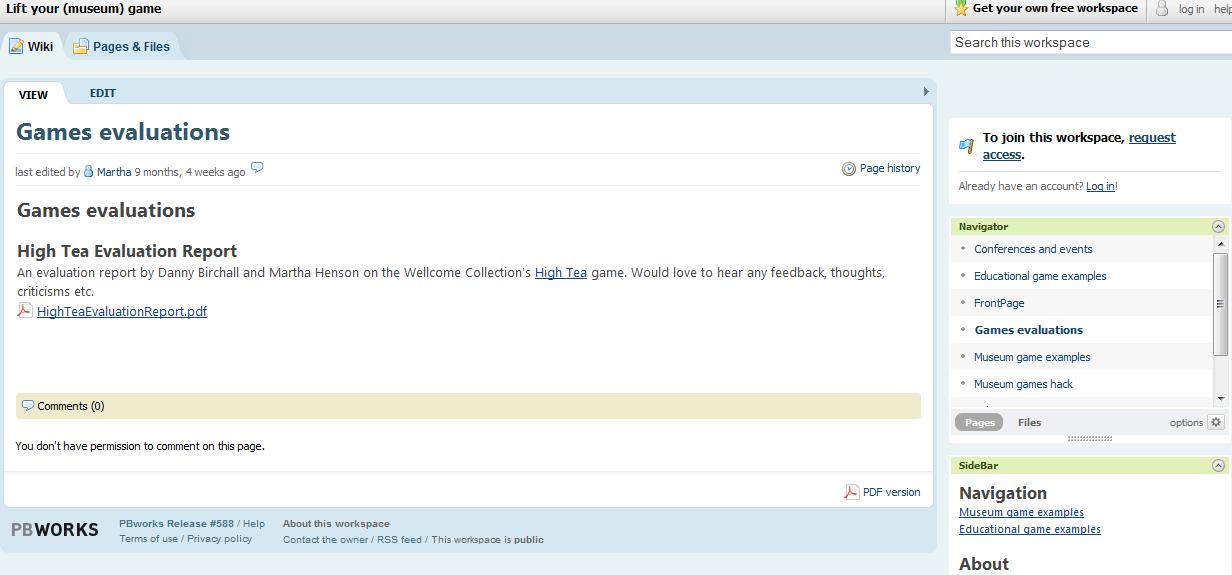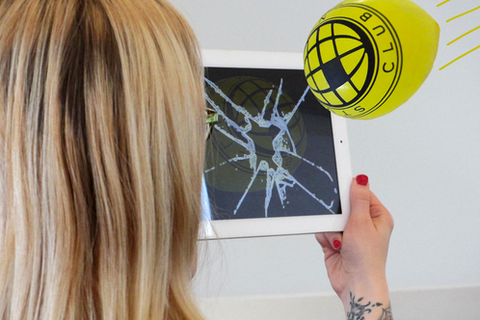I’m attempting to write up every single session I went to at SXSWi. Will be mostly about games, but also how tech can kill, neuroscience, digital anthropology, civic science and more.
[vimeo http://vimeo.com/37189494]
Superbetter trailer
Jane McGonigal – A Crash Course in Becoming Superbetter
http://schedule.sxsw.com/2012/events/event_IAP100349
Thursday’s keynote speaker was Jane McGonigal, a woman whose work has been a huge inspiration to me, but who also provokes a very mixed response from people who make and play games.
She has created some truly innovative games such as I Love Bees, World Without Oil and Superstruct. The power of a game like I Love Bees to bring strangers together to collaborate on a seemingly impossible task, or the potential of games like Evoke to make an actual difference to people’s lives, is extremely exciting. Her TED talk on how gaming can make the world a better place has had hundreds of thousands of views.
That said, I didn’t read her recent book, Reality is Broken, in part because of the negative response to it from people I respect and in reviews that I read. The feeling seemed to be that it went too far, was overly optimistic and that her use of statistics and science to back up some of her points was deeply flawed.
As I’m following her on twitter I was aware that she’d been unwell after a serious concussion and that she’d created a game to help her recovery. I was curious to find out more and therefore very interested when I saw she was going to be speaking about it at SXSWi. The game that she developed during her illness became SuperBetter, and her talk gave us the rundown on what it was, and what she thought it could do for people.
Her talk started with a framing device that actually made me a little uneasy. She told us that the number one smartass comment she gets about games is, “yeah, but on your deathbed are you really going to wish you’d spend more time playing World of Warcraft/Call of Duty/Game Blah?”. Well, she told us, just look at this list of the top 5 regrets of the dying as reported a few weeks ago:
I wish I hadn’t worked so hard.
I wish I’d had the courage to express my feelings.
I wish I had stayed in touch with my friends.
I wish that I had let myself be happier.
I wish I’d had the courage to live a life true to myself, not the life others expected of me.
All of these, she said, sound a bit like “I wish I’d played more games” (I think this is what she said, but don’t have the audio to double check it, this was what I wrote down). And yes, McGonigal is right. Games can be social, can make us happy, can allow us to express ourselves in a safe environment and give us time to relax and play instead of work. However, “I wish I’d played more games” isn’t actually what people said to the palliative care nurse, even if games could potentially have played a part in that, and so using their dying regrets to make a point about games in this way seemed a little crass to me.
However, thinking about this example got me to what I think is the nub of many people’s problem with McGonigal. She is an evangelist for games. For the rationalist, that is uncomfortable. She is the uber optimist, and many of us who are more sceptical or cynical find that hard to deal with. I think she really believes in what she is saying, and the paramount importance of what she’s doing, and using the dying regrets of terminally ill people seems entirely reasonable within this world view.
She is also someone who uses “super” a lot and gets very excited which is all very un-British and could explain why some people on this side of the pond find her irritating. It certainly wouldn’t be my style, but she has created some great work and won a lot of people over with this attitude, and perhaps that’s something to be valued rather than ridiculed. Even if many prefer taking a rather more logical and measured approach.
With that in mind, I found it a lot easier to enjoy the rest of her talk.
So, whilst recovering from her brain injury, McGonigal found herself really struggling and realised that she needed a extra motivation to help with her recovery. Naturally, she turned to game creation to help with this, and created Jane the Concussion Slayer, which later became the far more refined SuperBetter. It’s a game about improving resilience, and is apparently based on genuine scientific research and created in collaboration with scientists. Moreover, it’s being subjected to clinical trials to test its efficacy. I’ve searched for this, but they don’t appear to have been completed yet.
The idea that games can provide motivation and enjoyment during a difficult time does seem reasonable and interesting, and I will be particularly interested in the results of those clinical trials. She appeared to go further, saying that anyone who undergoes a challenge is better for it, whether it’s a negative or positive challenge, and that what the game will provide is genuine growth. That’s quite a claim, but certainly an exciting prospect. See for yourself, SuperBetter is now in public beta here.
McGonigal went on to list a number of other projects in a similar space, about achieving goals and personal development and repeated Will Wright’s assertion that what we were about to see was a gaming equivalent of the Cambrian explosion which saw species diversity increase massively and resulted in some weird and wonderful creatures. She suggested this should be called the “Gambrian” explosion but for God’s sake let’s knock that one on the head right away. Here are the other projects she mentioned.
Everest
Lift (from Twitter’s Biz Stone)
Mighty bell
Daily Feats
Google Schemer
Dream (couldn’t find the URL, nice work on an ungoogleable name there)
We “played” a bit of SuperBetter during her talk, which involved shaking hands with a neighbour, concentrating on clicking our fingers a certain number of times, picturing a cute baby animal and so on. The idea being that each of these covers an aspect of positive behaviour that can increase our resilience (growing our social ties, exercising our brain etc), and I can believe that on a bigger scale this could be true.
McGonigal then rather blew it by producing some dubious maths to “demonstrate” that our “playing” of SuperBetter had increased each of our lifespans by 7.5 minutes during her talk and whilst I sighed to myself that this was at best an average increase and that perpetuating misunderstanding about medical data and risk vs benefits was really unhelpful, I was still thinking that I’d be giving SuperBetter a go when I got home.
The talk was being filmed, so I will update this with a link when it appears. In the meantime, you can read this interview from CNET with Jane McGonigal carried out after her SXSW 2012 talk.


